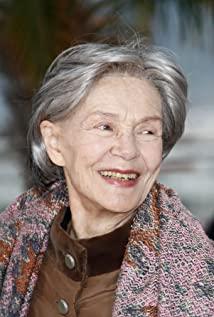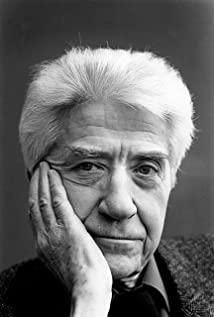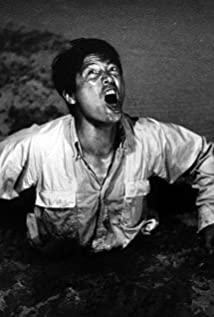Duras places a French woman in Hiroshima, 14 years after the nuclear explosion, and meets a Japanese man who has a one-night stand. The trembling of a finger and the enthusiasm of a man turned a pleasant one-night stand into a tailspin, pressing the floodgates of the heart-wrenching memories of her first love 14 years ago.
At the beginning of the film, the exhibition hall in the Hiroshima Museum that is "all replicas" is shown, all photos. But there was also hair loss in women, and there were documentaries of the time. The tragic state and deformity of the victims challenge the optic nerve. Why put these things in? In the whole film, it seems that it has nothing to do with the theme. If it is far-fetched, it is also a metaphor for the tragic situation of the heroine who was locked in the cellar for that relationship 14 years ago.
After the nuclear explosion, Hiroshima recovered coldly. The lens is full of neon lights and empty streets, but no one is seen. It was as if people were still living peacefully, with no expressions on their faces.
Maybe after the explosion, all the previous memories were destroyed, and the aftermath was so dull that it could start at any time, this one-night stand.
She planned to fly back to Paris the next day, but the flood of memories pushed her to gushed about the past to the man, the alien (or enemy) soldier she fell in love with in Neville. The Japanese man asked, "Afterwards, did I die?" The answer was affirmative. The identities of the two men began to blur and overlap. Later, the Japanese man was deliberately ghosted in the camera and the plot, and the visual became more and more women-centered. With the inner monologue, the audience felt that the Japanese man was symbolized. It's not important anymore.
The woman is struggling whether to stay in Japan and continue this "true love" with that man in Hiroshima. But it's not love, it's a tug of war with the past. Love is not important, although she longs to be possessed, and does not want to fall into the memory that ends up driving her crazy. Every time a Japanese man offered to love her and stay with her, she categorically refused and left resolutely. But he went back to the place where he was dating and cried.
She said, "You're so kind to me. Please have me." And she said, "No."
In Hiroshima, the memory of the tormented her once again engulfed her.
The last 30 minutes of the 90 minutes is to show the obvious entanglement and subtle psychological monologue of the woman's actions. She talks to herself, she is afraid to enter the bright (in my opinion, it means leaving the next day) room, she slowly nods in response to the stranger's approach, and stares at the Japanese man at the opposite table.
The final dialogue at the end of the film. The man's name is Hiroshima, and the woman's name is Werner.
As said in the first sentence, it is difficult to try to explain the plot in one sentence. It is trying to expand the meaning of the film in terms of shots, content, dialogue, and even the naming of the characters at the end. It induces the audience to analyze it, to dissect it. Everyone can see the depth of the plot or details and think it's right. Of course, it is also possible to fall asleep halfway through.
Could that nuclear explosion be a metaphor for the fervor of simultaneous love? The trembling of the man's fingers was the foreshadowing of the connection between the two men's identities later? The man says in the opening credits "Hiroshima has nothing, you don't see anything." The metaphor of the opening ending is actually the woman leaving (or staying) at the end?
This attempt to induce analysis, in some shots, is either shown as a slightly rigid composition (of course, it is conceivable that, in 1959, it was very avant-garde), or as a contrived plot. Men and women got separated in a parade holding signs in French protesting the nuclear test (the woman was a film actor, the parade was the filming of a scene), the woman seemed to be walking against the four-column parade, and The man is outside the team, so the woman has no gesture of stepping out of the team at all, and the eyes of both sides are very anxious. Also, even while filming "Promoting World Peace", a parade of French slogans in Hiroshima was a bit surreal.
The ambiguity of the past narratives, the simplification of the background of the characters, the deliberately letting the characters speak with their backs to the camera, the inexplicably called taxi, the woman always dressed in white, the jumping and mysterious dialogue, the sudden dual personality self-talk, Like thorns all over the film.
I didn't find the plot boring at all, and it moved slowly. Instead, I am delighted with the invitation to deconstruct the dissection, which is not about reasoning or storytelling, in essence, it shows how and how a woman is caught in an endless tangle of self-denial.
View more about Hiroshima Mon Amour reviews











